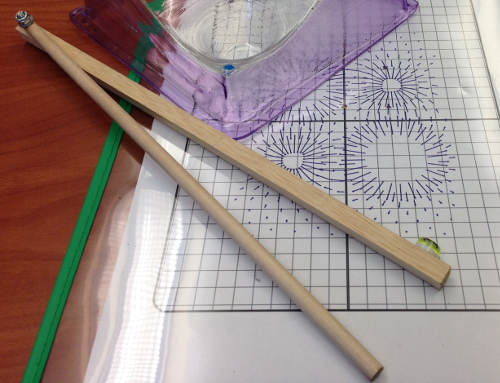Prerequisite concepts
One of Zandieh's process-object layers for derivatives is that derivatives are functions. This means that the value of a derivative depends on where in the domain of the function one is looking. The derivative of a function is itself a function, with the same domain as the original function. Both the (derivative) function and the value of the derivative at a point are commonly referred to as "the derivative."
Taking derivatives of the same function with respect to different variables will produce different results. In physics, these different results might have different dimensions and thus the derivative can have wildly different physical interpretations based off of "'with respect to' what".
FIXME: Is this really a statement about paths? I don't think we have path-related concepts.
The Hot Plate

This small group activity using surfaces introduces a geometric interpretation of partial derivatives in terms of measured ratios of small changes. Students work in small groups to identify locations on their surface with particular properties. The whole class wrap-up discussion emphasizes the equivalence of multiple representations of partial derivatives.
Representations used


Concepts taught
For a smooth, two dimensional function, a partial derivative can be found at any point and in any direction.
For a smooth, two dimensional function, a tangent line exists at any point and in any direction.
FIXME: Is this really a statement about paths? I don't think we have path-related concepts.
As adjacent contour lines represent equal changes in the function, the denser the contour lines, the quicker the function is changing. Therefore, the magnitude of the gradient is greater where the contour lines are denser.